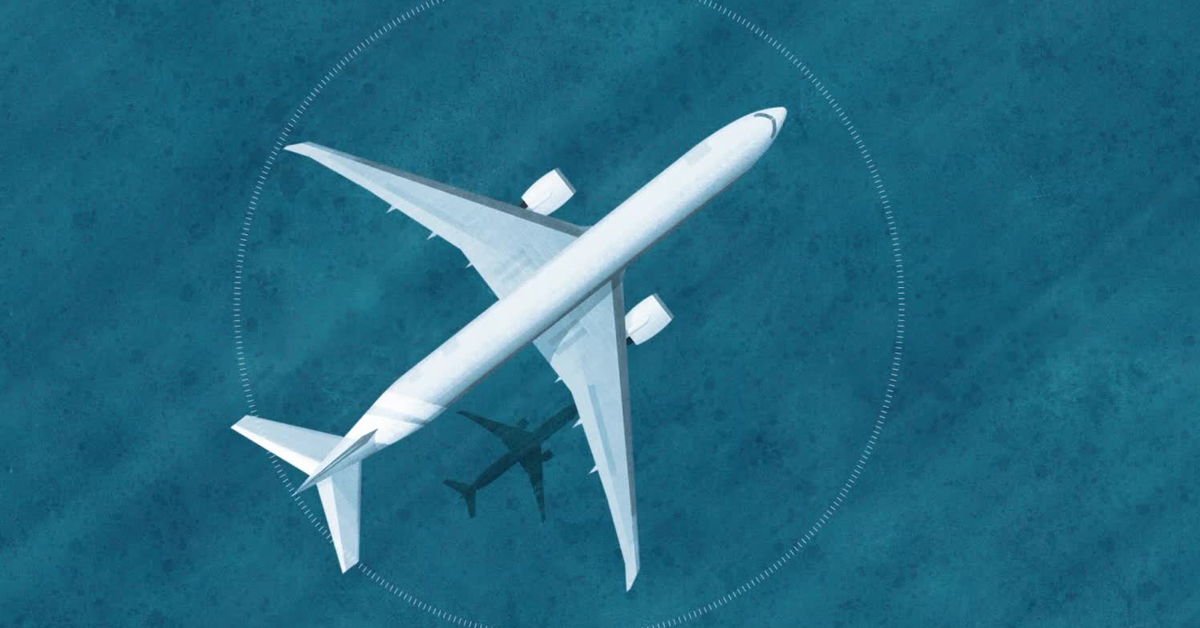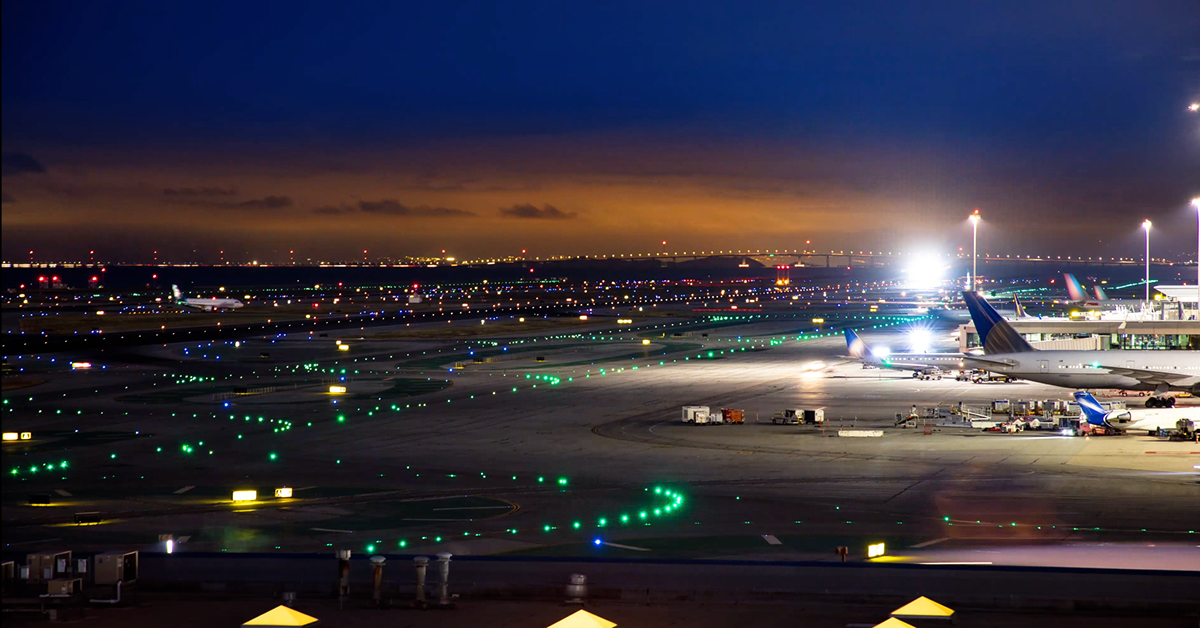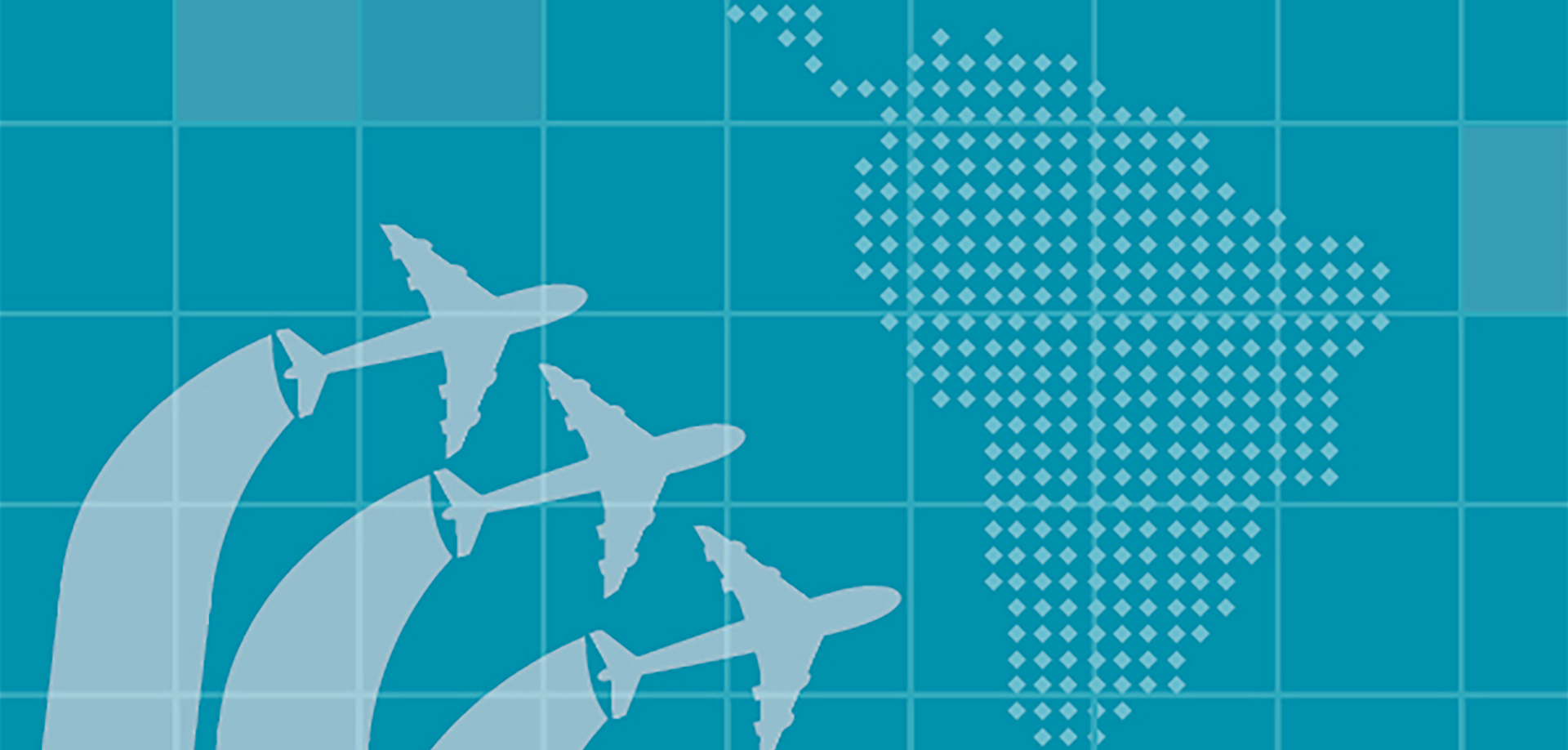Remaining resilient for restart and recovery

Finance, collaboration and flexibility are key components of aviation’s successful recovery.
COVID-19 devastated aviation, at its peak grounding some 90% of flights. Revenues and demand dropped dramatically and, as the virus lingers, the light at the end of the tunnel is still dim.
Nevertheless, the industry is restarting, and while it may take years to recover lost ground, aviation is taking to the skies again.
Finance
Key to survival in the short-term is cash. Liquidity has been sucked out of the industry and organisations throughout the value chain are struggling as revenues decline further than costs.
CANSO has called for a financial plan that accounts for the whole aviation sector – airlines, airports and air navigation service providers (ANSPs). As Simon Hocquard, CANSO Director General, has put it, there is a need to “build a better future together”.
ANSPs have been particularly effected as they are mandated to keep the skies fully open and sectors staffed even though traffic levels and related revenues hit record lows. In many cases they have even deferred user payments even though airlines have received significantly more aid than ANSPs.
CANSO members have made significant cuts to their cost base, including furloughing staff and cancelling non-vital investments, but these might not be enough for financial sustainability.
“When it was conceded to allow airlines to defer payment of their fees to our members in April, we saw this as a one-off action rather than a permanent mechanism to transfer the financial burden from the airlines to the ANSPs,” said CANSO’s European Director, Tanja Grobotek. “We understand the pain our customers are in, but in the future, we need to return to the position where airspace users pay for the essential service provided by ANSPs. We strongly contest any notion that our members are in a position to provide financing to the airlines.”
In Europe, CANSO called for financial support from the EU for the whole aviation sector rather than favouring one branch of aviation over another. It has also secured a temporary revision of the EU Performance and Charging Scheme that sets acceptable performance targets given the current circumstances. Equally important for all ANSPs is maintaining investment levels in future technologies that promise advances in safety and efficiency. Traffic will return and ANSPs cannot fall behind the curve.
Collaboration
“The pandemic has created industry-wide challenges, and it is only by working together that we can overcome these,” says Hocquard. “Now more than ever, we must collaborate to survive and safeguard air transport. Through international platforms like ICAO, CANSO is working closely with its industry counterparts to coordinate the restart and ignite recovery.”
The ICAO Council has approved guidance material for the industry restart, known as CART Take-off Guidance. The expertise of government and industry, including CANSO, has been factored into the document, which sets out an array of temporary measures, including physical distancing where possible and the wearing of face coverings and masks by passengers and aviation workers.
Other recommendations include health screening and health declaration forms, contact tracing and, when available in a practical format, COVID-19 testing.
Takeoff was formulated by the ICAO COVID-19 Aviation Recovery Task Force (CART), a cross-industry collaboration which is working to avoid a global patchwork of incompatible measures without compromising the safety and security of civil aviation.
Traffic fluctuation
Managing traffic levels is not only about a catastrophic reduction but also a volatile recovery. ANSPs must be aware that there may be spikes and troughs in traffic ahead as the virus dissipates or returns and borders are opened or closed. Airlines will add to this uncertainty with offers to stimulate demand and a dynamic approach to scheduling.
Certainly though, the baseline of traffic will be lower and achieving pre-COVID levels may not happen for several years, depending on the impact of the virus going forward. This will provide a completely different framework for ANSP strategy from previous years when constant growth was the norm.
“To better understand how COVID-19 is impacting a broad range of stakeholders, CANSO is working in partnership with Aireon (see long read) to produce data-driven insights and analysis of global and regional traffic trends,” notes Hocquard. “CANSO is also working with Metron Aviation to better understand demand prediction, enhance ANSPs’ situational awareness and increase the predictability of airport and airspace usage. Though we do not know exactly how traffic patterns will change in the coming months and even years, such data will be key in adapting to a new normal and a seamless recovery.”
Flexibility
ANSPs will have to introduce greater flexibility to combat potential traffic shutdowns in the years ahead.
The challenge they have is that big investments are not easily unwound. This rigidity applies to people as much as technology. Controllers take a long time to train and ANSPs can’t just let them go when times are tough.
But Kevin Shum, Director General of the Civil Aviation Authority of Singapore, notes that ANSPs should welcome the opportunities too. In a Flight Safety Foundation webinar, he said that training has become easier to integrate into working patterns and a proposed new ATM system has benefitted from in-depth controller input. Initiatives like the CANSO-Micro Nav partnership are further driving remote training capabilities worldwide and sustaining vital ATM skills.
Shum also points to digital towers as a technology that can be accelerated. Projects like the HungraroControl-Searidge initiative at Budapest International Airport (see long read) are cost- effective and introduce scalability, a much-needed quality for ANSPs going forward.
Flexibility will lead to greater resilience, as will collaborative efforts. One ANSP failing could affect the entire system so there is a clear need to work together although most observers stress this doesn’t mean consolidation. The introduction of new technologies could act as a focal point for collaboration, allowing ANSPs to share expertise and perhaps even cost. Overall, there is no doubt that the coronavirus pandemic has had a catastrophic impact on aviation. The road to recovery will be long. But there is opportunity in the crisis and ANSPs can evolve into lean, agile businesses focused on sustainable technologies.
Best practice still holds true
Though there is much talk of a new normal, existing best practice will still be vitally important for the industry to deal with anticipated volatility in traffic levels.
The milestones in technology and ICAO’s Aviation System Block Upgrades (ASBU) will remain applicable. And Air traffic flow management (ATFM) initiatives – like the Mombasa ATFM Roadmap in Africa, multi-nodal AFTM in Asia-Pacific and CADENA in Latin America – will be crucial to countering the unpredictability of traffic during recovery, for example.
Furthermore, the industry will need to re-engage efforts to secure its cyber resiliency, build remote service capabilities and improve stakeholder coordination through processes like collaborative decision making.
Ultimately, recovery will require the industry to re-double its efforts on implementing global best practice and regional strategies, and much of the hard work is already underway.
Visit CANSO’s publications library.



